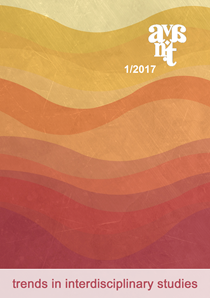Roots and Route of the Artification Hypothesis
Roots and Route of the Artification Hypothesis
Author(s): Ellen DissanayakeSubject(s): Anthropology, Philosophy, Fine Arts / Performing Arts, Psychology
Published by: Ośrodek Badań Filozoficznych
Keywords: art; arts; ethology; evolution; adaptation; exaptation; ratification; ritualization; aesthetics
Summary/Abstract: Over four decades, my ideas about the arts in human evolution have themselves evolved, from an original notion of art as a human behaviour of “making special” to a full-fledged hypothesis of artification. A summary of the gradual developmental path (or route) of the hypothesis, based on ethological principles and concepts, is given, and an argument presented in which artification is described as an exaptation whose roots lie in adaptive features of ancestral mother–infant interaction that contributed to infant survival and maternal reproductive success. I show how the interaction displays features of a ritualised behavior whose operations (formalization, repetition, exaggeration, and elaboration) can be regarded as characteristic elements of human ritual ceremonies as well as of art (including song, dance, performance, literary language, altered surroundings, and other examples of making ordinary sounds, movement, language, environments, objects, and bodies extraordinary). Participation in these behaviours in ritual practices served adaptive ends in early Homo by coordinating brain and body states, and thereby emotionally bonding members of a group in common cause as well as reducing existential anxiety in individuals. A final section situates artification within contemporary philosophical and popular ideas of art, claiming that artifying is not a synonym for or definition of art but foundational to any evolutionary discussion of artistic/aesthetic behaviour.
Journal: AVANT. Pismo Awangardy Filozoficzno-Naukowej
- Issue Year: 2017
- Issue No: 1
- Page Range: 15-32
- Page Count: 18
- Language: English

